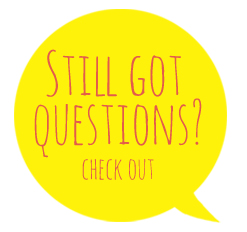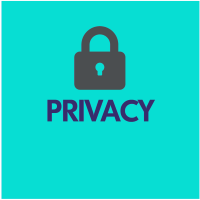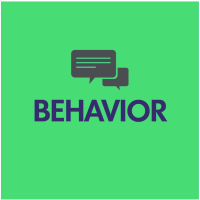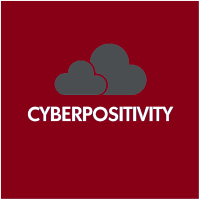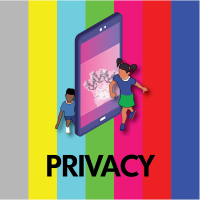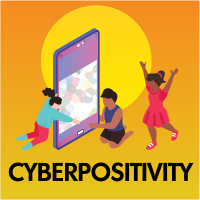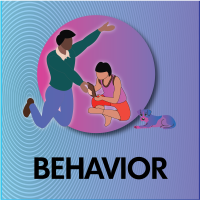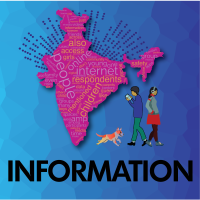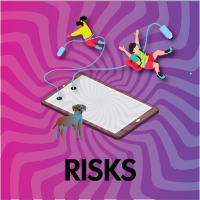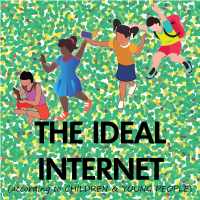Do’s & Don’ts
Do have empowering, inspirational content as part of the module
Online safety modules should necessarily cite cautionary statistics and case studies. However, balancing it with the positive uses of online spaces citing opportunities available and citing positive case studies is empowering and motivating for children and young people.
Don’t have a fear-based approach
Citing worst-case scenarios, using dark imagery and excessive emphasis on dangers can spread panic not just among children and young people but also among those who monitor and supervise children’s online presence. This may result in further surveillance and control and risks alienating children and young people.
Do get technical
Most children and young people are curious to learn about the technical and practical aspects of handsets, computers and platforms. The facilitator must have basic technical aptitude. If you can help a child fix a bug on their Facebook profile, they will listen to you when you talk about personal data.
Don’t dismiss adjacent queries
It is not uncommon during an online safety workshop to hear a question regarding where one can get reliable information on menstruation and hygiene. The facilitator must enable the child to navigate the web to find a trusted source. Children and young people see online and o-ground spaces as a continuum and queries that are adjacent to the core issues must not be dismissed but should rather be engaged with and answered.
Do know your Training Group
Internet safety is vast topics and various groups have diverse expectations and different manners in which they access and use the internet. Having a general idea of what the group wants you to address beforehand, helps increase relevance and engagement in the session.
Don’t dismiss Socio-Cultural-Economic Realities of the Training Group
Quality and manner of internet usage as well as the attendant risks and opportunities depend on socio-cultural-economic realities of the training group. Risks related to apps promoting faster internet may not be needed for groups who live in relatively prosperous neighborhoods but are the basics of safety for someone living in a marginalized neighborhood. Similarly, in mixed gender groups, boys tend to dominate the conversation because they have had a greater and more diverse exposure to the internet than others. This needs to be acknowledged and factored in and spaces for other voices need to be actively made.
Do be Age Appropriate
While it is good to start early with online safety messages, it is important to consider the age of the group so as to be relevant and proper with content and messaging.
Don’t overlook diversity
The internet is an extremely plural space and therefore the content and design must be inclusive of class, caste, religion, gender identity and sexual orientation.
Do have a rights-based approach
Ensure that the module communicates to children and young people their basic Rights to Access, Privacy, Expression, Safety and Participation.
Don’t have an individual-centric approach
Ensure the module emphasizes that one is always part of communities and networks online and hence, while one exercises one’s right, one must ensure that another’s rights are not impinged upon.
Do Stay Updated
The internet is a dynamic topic and children and young people tend to be at its cutting edge. The content in the module must be examined for possible updation frequently.
Don’t be afraid of Talking about Tough Subjects
Subjects like pornography, internet censorship, internet shutdowns, online abuse and vitriol against minority communities are realities that children and young people face or hear about. At the very least, the module must enable them to understand these and articulate them
Do encourage critical thinking and alternatives
Network effects, monopolies and lack of interoperability can result in less than diverse and restrictive internet experience. Ensure that your module encourages children and young people to seek out diverse spaces and online cultures.
Don’t give the state or Big Tech a free pass
Internet policy and regulation is a new and contested area and everyone is learning. There are various points of views around internet shutdowns, app bans etc. Discuss the wide range of POVs in your modules and do not just stick to the official line.
.

